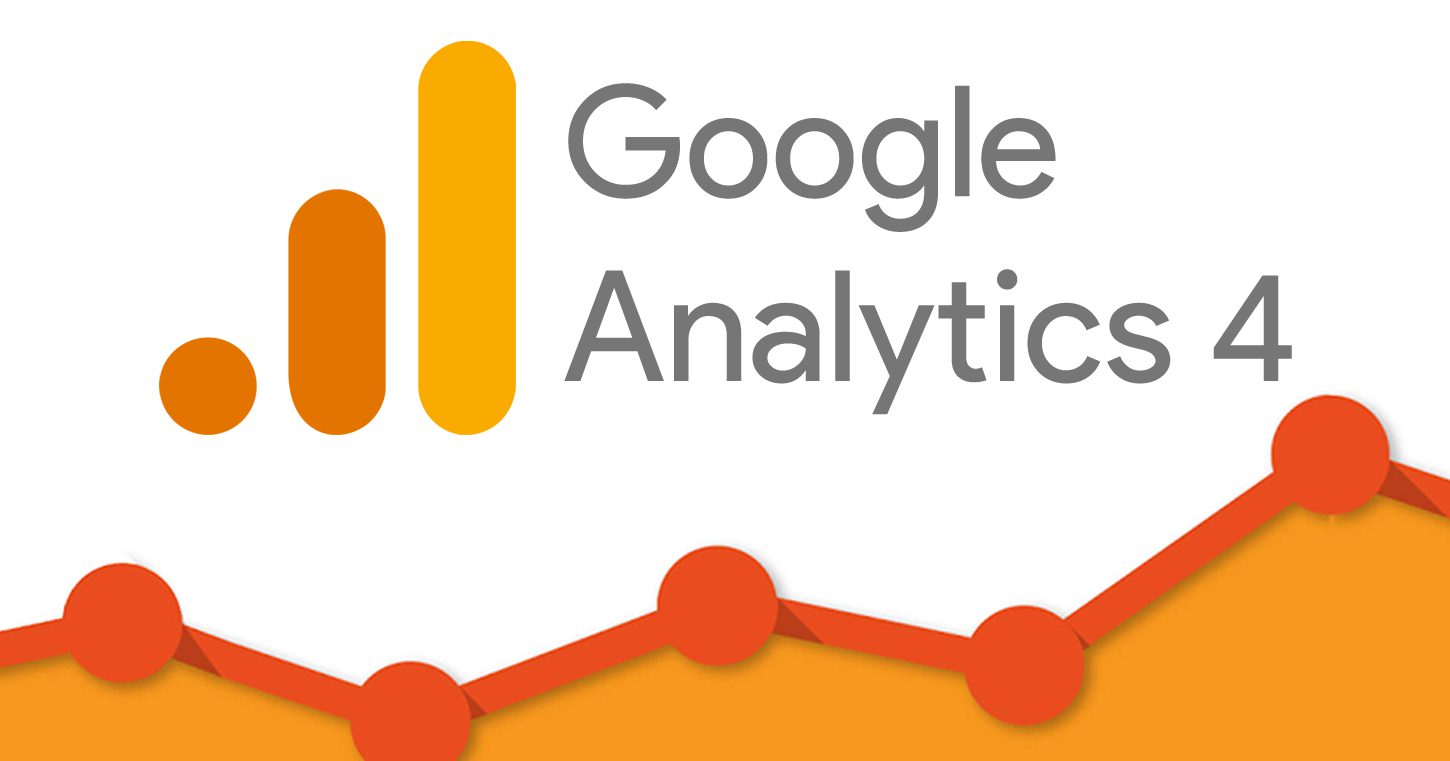Master Site Insights With Accurate Google Analytics Monitoring Code
The effective use of Google Analytics pivots on the accurate execution of its tracking code, an essential action usually forgotten by internet site owners. What are the typical pitfalls that could threaten your tracking initiatives, and exactly how can you ensure precision in your technique?
Understanding Google Analytics Fundamentals
Google Analytics is a crucial device for site owners and marketers, supplying indispensable understandings right into customer actions and site efficiency. At its core, Google Analytics gathers information regarding site visitors to an internet site, permitting customers to analyze metrics such as web traffic sources, user involvement, and conversion prices. Comprehending these fundamentals is vital for maximizing a site's efficiency and enhancing customer experience.
The platform utilizes cookies to track interactions, tape-recording information such as web page sights, session periods, and bounce rates. This info is aggregated and provided with personalized control panels, enabling users to envision trends in time. Key performance signs (KPIs) can be kept an eye on, such as the complete number of customers, new versus returning site visitors, and the geographical distribution of the audience.
Furthermore, Google Analytics uses division functions, permitting customers to separate certain traffic resources or individual demographics for even more targeted evaluation. By grasping these foundational elements, site owners can make enlightened choices concerning material method, marketing projects, and general site improvements. Ultimately, understanding Google Analytics essentials is essential for leveraging information to drive development and accomplish company objectives properly.
Establishing Up Your Tracking Code

Replicate the offered tracking code and paste it into the HTML of your web site. This makes sure that the tracking code lots prior to any various other material, allowing it to record information accurately.
After installment, confirm that the tracking code is functioning appropriately by utilizing Google Tag Assistant or the Real-Time records in Google Analytics - when does the google analytics tracking code send an event hit to analytics?. This step is necessary to validate that your data collection is exact and active, establishing the foundation for informative analysis
Typical Monitoring Code Issues
This might occur when the tracking code is positioned in the incorrect section of the site's HTML, usually leading to absent or insufficient information. In addition, having multiple instances of the tracking code on a single web page can result in filled with air metrics, as customer communications might be counted much more than when.
One more concern i was reading this emerges from using ad blockers, which can avoid the tracking code from carrying out completely, hence skewing information. when does the google analytics tracking code send an event hit to analytics?. In addition, failing to set up filters appropriately can lead to the exclusion of vital web traffic sources or the addition of unwanted recommendation spam, distorting the data collected
Site owners may also overlook the importance of tracking code updates, specifically when moving to Google Analytics 4 (GA4) from Universal Analytics. Last but not least, not enough screening prior to introducing modifications can lead to undiscovered errors in the monitoring code, further complicating information dependability. Addressing these common issues is critical for ensuring exact monitoring and insightful analytics.
Analyzing Internet Site Data Successfully
Accurate information collection is just the very first step in leveraging Google Analytics; the actual worth lies in effectively analyzing that information to drive educated decision-making. To achieve this, it is essential to recognize crucial performance indications (KPIs) that line up with your company objectives. Emphasis on metrics such as conversion rates, customer engagement, and website traffic sources, as these will supply insights right into user actions and the general performance of your web site.
Utilizing Google Analytics' division features permits for a deeper understanding of your audience. By damaging down data right into specific demographics, habits, and traffic channels, you can reveal trends and patterns that educate targeted strategies. Applying customized records and dashboards can improve this procedure, making it possible for fast accessibility to pertinent information.
Additionally, routinely assessing data patterns gradually helps to determine abnormalities and possibilities for improvement. Use visualization devices to existing data in a quickly absorbable layout, facilitating a lot more reliable interaction with stakeholders. Ultimately, the capability to examine internet site data efficiently equips organizations to make calculated choices that boost user experience, optimize marketing efforts, and drive growth.

Ideal Practices for Accurate Monitoring
Executing reliable tracking practices is critical for acquiring dependable information in Google Analytics. To guarantee exact tracking, start by properly mounting the Google Analytics tracking code on every page of your internet site. This can be achieved via a tag manager or by straight embedding the code right into the HTML.
Following, configure your Google Analytics account to exclude interior website traffic. This can be done by setting up filters that recognize and get rid of check outs from your organization's IP address, thereby stopping manipulated data. Additionally, use event tracking to keep an eye on specific user interactions, such as downloads or video clip plays, which typical page views may ignore.
Regularly audit your tracking configuration to verify that all attributes, such as objectives and ecommerce monitoring, are operating properly. Establish a consistent naming convention for your campaigns and occasions to assist in less complicated coverage and evaluation.
Lastly, consider leveraging UTM parameters for campaigns to acquire insights into the efficiency of various advertising initiatives. By adhering to these best methods, you can improve the precision of your data collection and evaluation, eventually resulting in more educated decision-making for your internet site.
Conclusion
By making sure the tracking code is properly put and regularly audited, web site owners can record important user communication data, hence assisting in the identification of key efficiency the original source indicators. Inevitably, a robust monitoring structure enhances the capacity to drive engagement and enhance overall internet site efficiency.
Not enough testing before releasing adjustments can result in undiscovered mistakes in the monitoring code, better complicating information dependability.Carrying out effective monitoring techniques is critical for getting trusted information in Google Analytics. By making sure the tracking code is appropriately positioned and on a regular basis investigated, website proprietors can catch vital customer interaction data, hence helping Get More Information with the identification of vital performance indications.